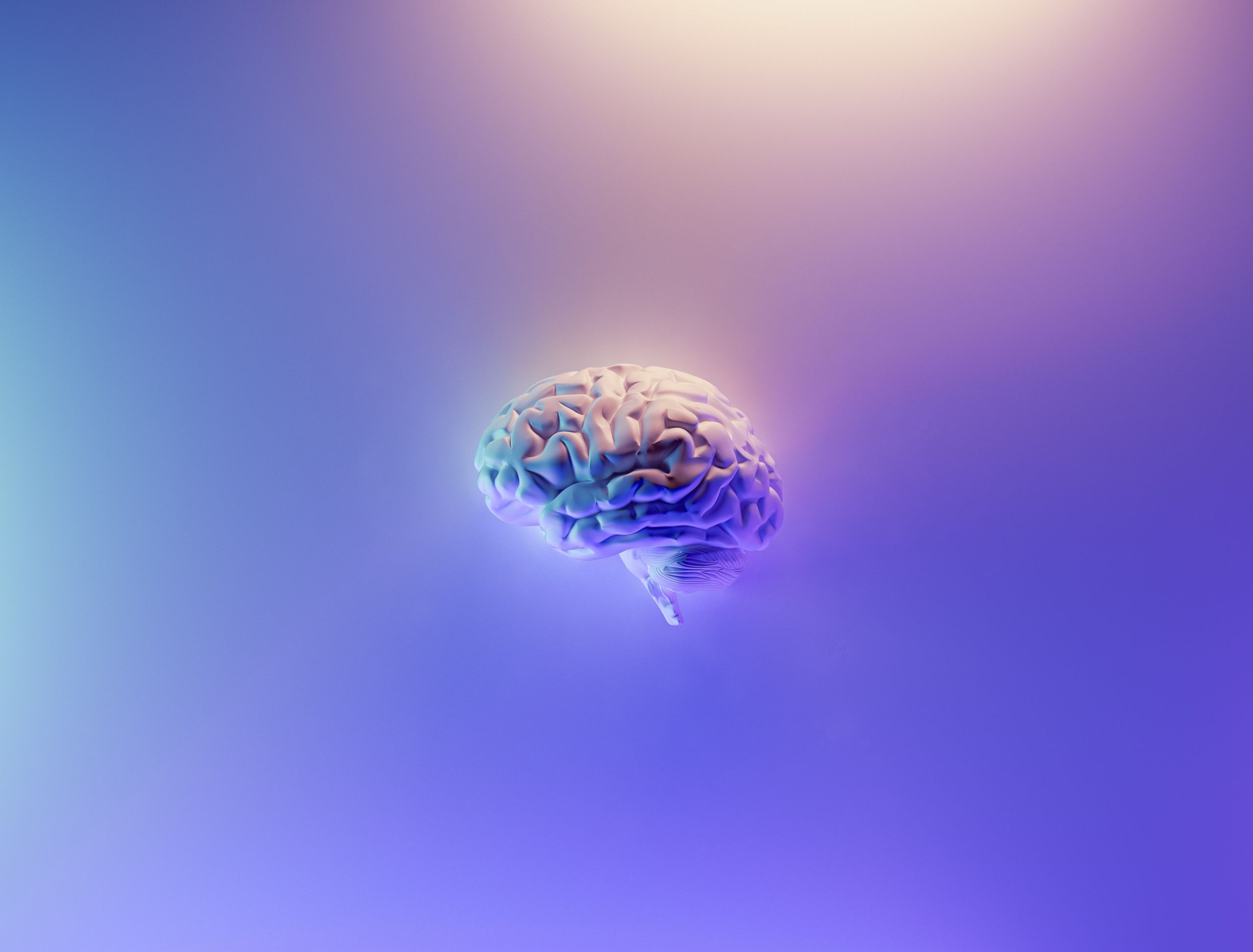Depression affects hundreds of millions of people worldwide. Depression, also known as Major Depressive Disorder, is a mood disorder that will affect one in eight Canadians at some point in their lives.
For many of these people, neurofeedback offers a promising next step. As an alternative to traditional treatments, neurofeedback requires no prescription and no medication. Thanks to recent technological advancements neurofeedback sessions can even be done at home! Here’s what you need to know about this breakthrough therapy for depression.
What is neurofeedback? The basics
Neurofeedback is a simpler process than it might sound. It entails applying sensors to the scalp to collect a QEEG, which allows for a person’s brain waves to be analysed. Favourable brainwave patterns trigger positive feedback. In a neurofeedback training session, feedback is offered through sound (music) and progress through games or other visual stimuli.
It wouldn’t be inaccurate to think of neurofeedback as the ultimate in brain training. It’s one of the few methods providing either positive or negative feedback to the brain in real-time. (Most other methods feature a delay between any given action and its cues.)
Neurofeedback takes advantage of the human brain’s neuroplastic qualities — and leverages them to catalyse incredibly quick improvements.
Is neurofeedback effective when it comes to treating depression? Let’s take a closer look.
Neurofeedback for depression: what the research says
A small but growing body of research indicates that neurofeedback may be among the most effective alternative treatments for depression.[1] Even studies involving what’s called treatment-resistant depression have identified positive results from neurofeedback.
Neurofeedback may be considered a new augmentation treatment for patients with treatment-resistant depression (TRD), explains one pilot study’s description, “even after the use of antidepressants. Some studies have reported improvements in both depressive symptoms and executive function following neurofeedback treatment.”[2]
Neurofeedback: more convenient than ever
Neurofeedback was already a fairly convenient treatment option. But neurofeedback has become even more convenient in recent years with the invention of the Myndlift app, a software app, and Muse 2, the unit that is used at home, with an external electrode plus paste.
With using Muse 2, the portable neurofeedback unit allows you to experience all the best benefits of conventional neural feedback (i.e. ADHD, anxiety, depression, addiction, trauma, etc.) from the comfort of your own home. In addition to saving you time and money, doing neurofeedback from home has some practical benefits that may be especially appealing to those with depression.
Depression normally makes it hard to get out of bed and get cleaned up, for example — and all of these things are obvious prerequisites to any traditional treatment session. Thanks to in-home neurofeedback training options, though, you can begin to heal even when motivation is lacking.
The Myndlift unit comes with an app that features everything you need to make narrow feedback a success. In addition to fun and engaging neurofeedback games, you’ll find interactive journaling options and guided meditations. Below are some other benefits of at-home training:
- Flexible, personalised neurofeedback routines
- Unlimited training hours
- The ability to train from anywhere!
- Cheaper than 2 in-person neurofeedback sessions
- The ability to quantify and track progress
- Price discounts for families
How to get started with neurofeedback training
If you’re interested in trying out a neurofeedback yourself, this next section may be of interest.
First, you’ll need to come into our office and see Dr. Andrea Araujo for a QEEG assessment. Dr. Araujo will do an assessment and determine whether you are a candidate for home-based Neurotherapy training.
From there you can take the guidelines featured on the Myndlift app. We think you’ll find this new type of therapy both effective and convenient. Neurofeedback can also be paired with more traditional methodologies and/or psychedelic-assisted therapy. Call in at 604 336 2844 or email to betternow@empowerhealth.ca to learn more or get booked in for an initial assessment with Dr. Araujo.

